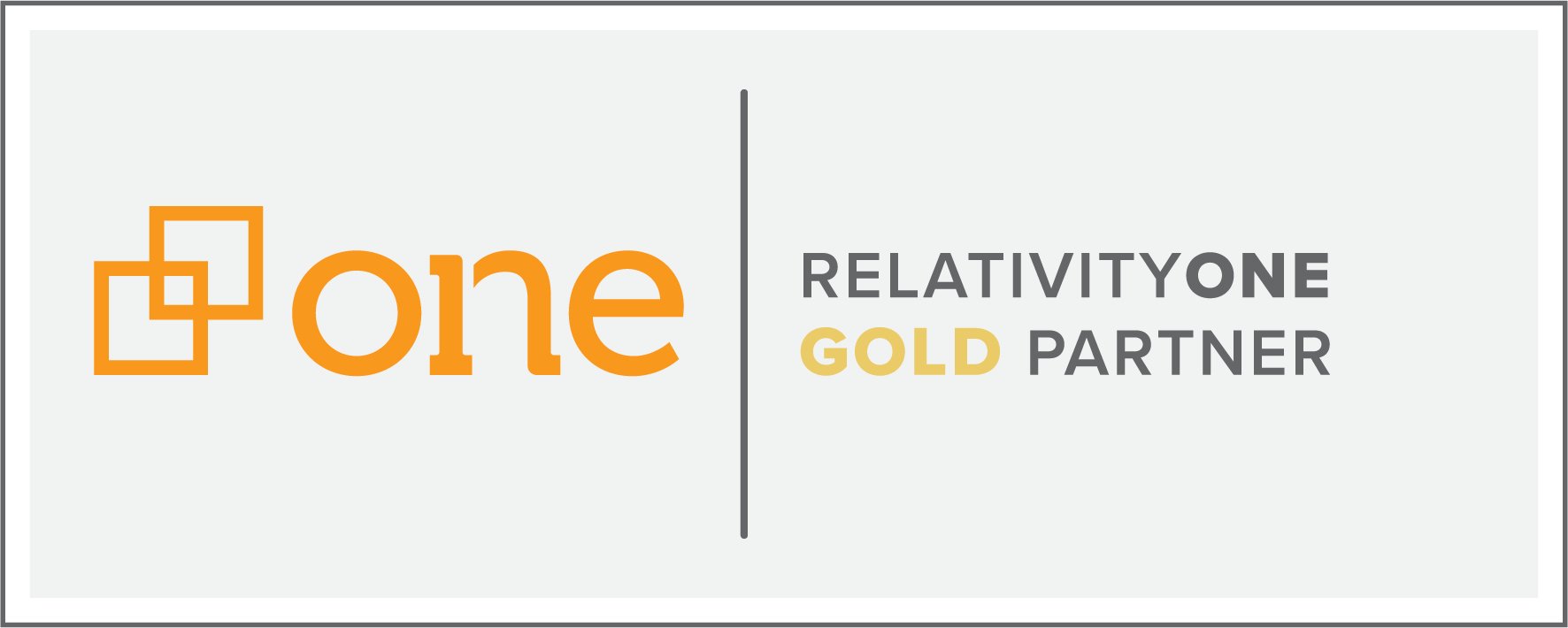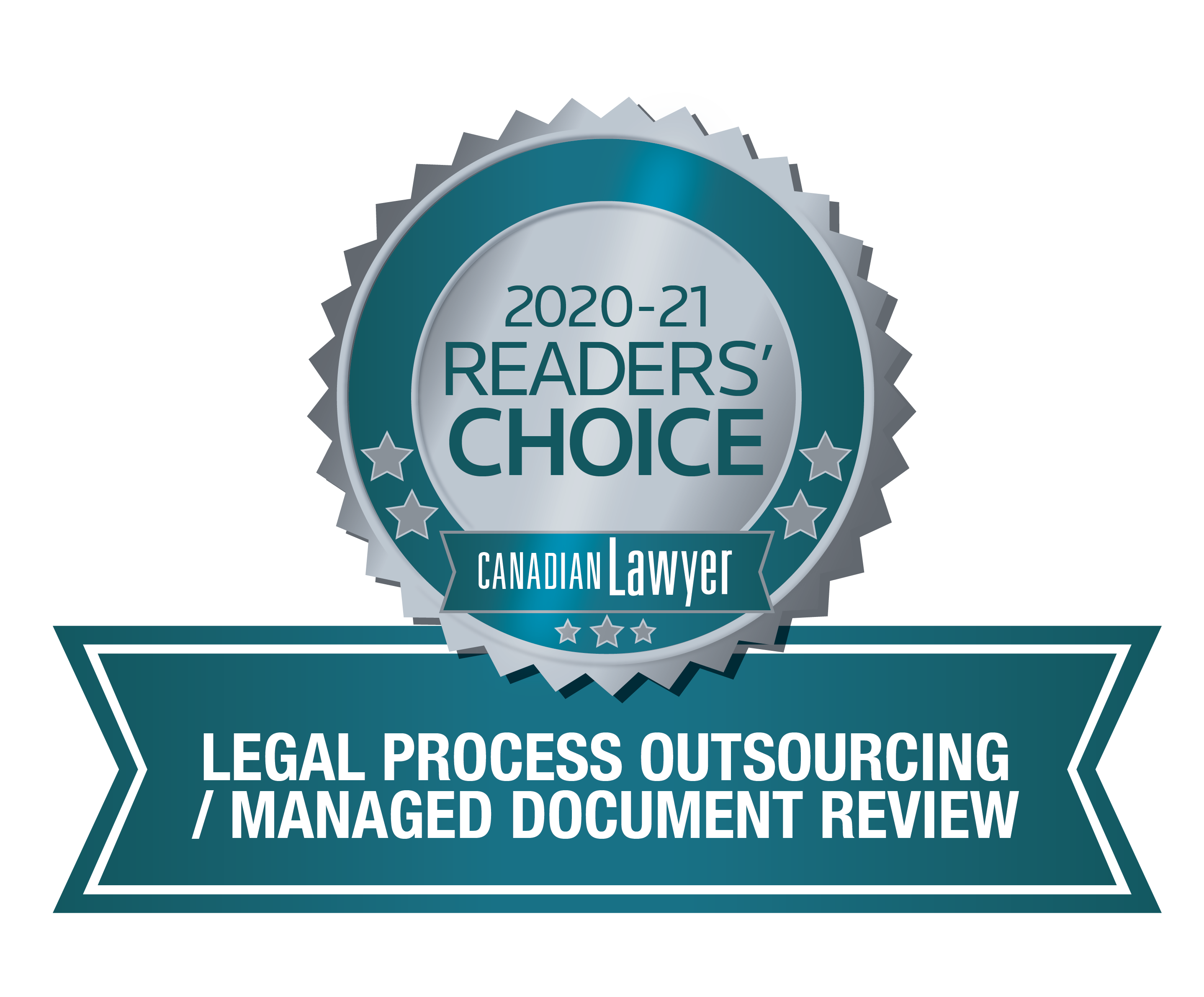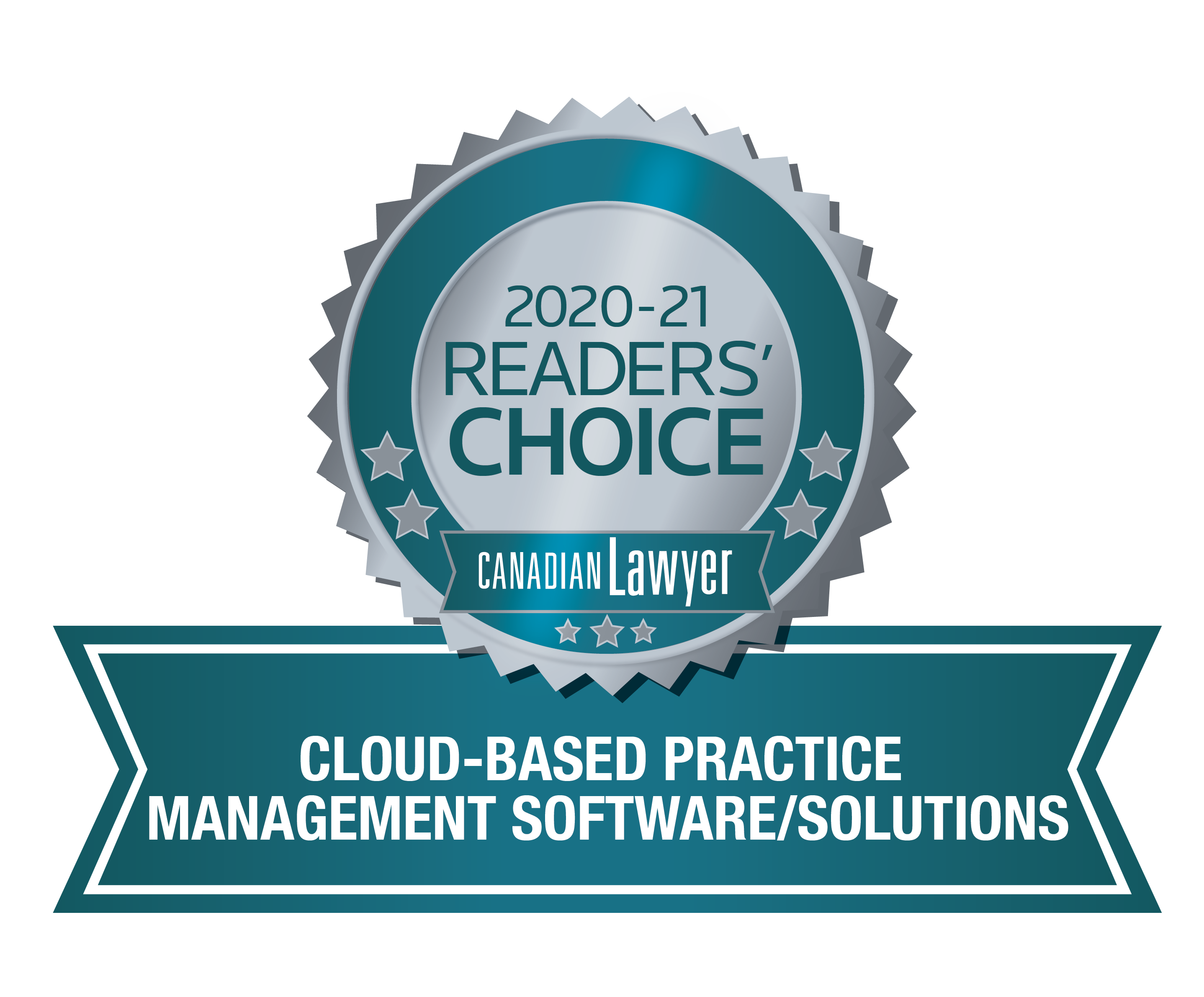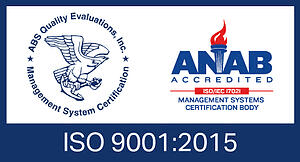Our team of eDiscovery specialists tackle your frequently asked questions and pressing "in the trenches" legal tech topics.

Tuesday's Tip #6 - Document Discovery Across Canada:
A major component of eDiscovery is the exchange of documents between parties. Often times we are working within in our own jurisdictions, however there are certain cases where you may be dealing with a case in another province. Just like the rules which vary across provinces and territories, so too does the terminology that lists the documents you’ll be disclosing.
Below we've compiled a handy guide you can refer to when you’re dealing with lists of documents across the country.
|
Province |
Document |
|
British Columbia |
List of Documents |
|
Alberta |
Affidavit of Records |
|
Saskatchewan |
Affidavit of Documents |
|
Manitoba |
Affidavit of Documents |
|
Ontario |
Affidavit of Documents |
|
Quebec |
Affidavit (Divulgation de la preuve électronique) |
|
Newfoundland |
List of Documents |
|
Nova Scotia |
Affidavit Disclosing Documents |
|
Prince Edward Island |
Affidavit of Documents |
|
New Brunswick |
Affidavit of Documents |
|
Yukon Territories |
Affidavit of Documents |
|
Northwest Territories |
Statement as to Documents |
|
Nunavut |
Statement as to Documents |
Don't forget, if you have a question for our team or a topic you'd like us to cover, comment or tweet us using #ReDTuesdaysTip.
You may also be interested in...
 Tuesday's Tip: Document Families (I Got it From My Mama!)
Tuesday's Tip: Document Families (I Got it From My Mama!)
The terms “parent” and “child” in eDiscovery are used to identify electronic documents and their attachments. Generally speaking, this is most common with emails – the email being the parent document and the child(ren) being the attachment(s) to the email.
Padded zeros or leading zeros are the zeros at the beginning of a number. This function can create an annoyance when adding zeros in front of your numbers is needed to manipulate data, whether you’re using it to sort documents or create new numbering.









